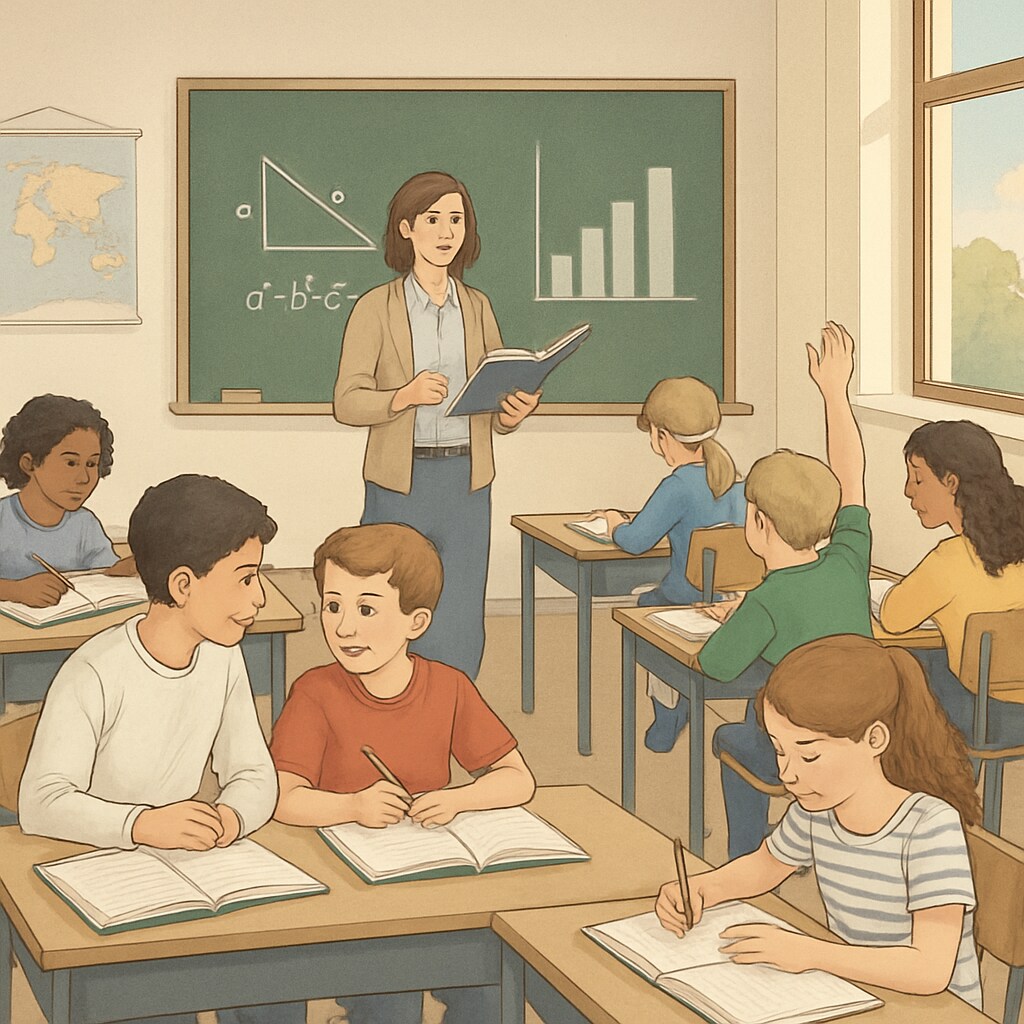Cellphone bans in public schools have become a hot topic in recent years, as educators and policymakers grapple with the growing influence of technology on classroom dynamics. While these policies aim to minimize distractions and improve student focus, they often spark debates regarding their practicality, fairness, and long-term consequences. By comparing public and private school approaches, this article sheds light on the double-edged nature of these bans and the challenges they pose to schools, parents, and students alike.
The Educational Rationale Behind Cellphone Bans
The primary justification for implementing cellphone bans in public schools revolves around creating an environment conducive to learning. Research has shown that the presence of smartphones can significantly hinder students’ ability to concentrate, even when the devices are not actively in use. For example, a study by the London School of Economics found that banning cellphones led to a 6.4% improvement in test scores, with the most substantial benefits observed among low-achieving students.
Additionally, schools argue that cellphone bans encourage face-to-face communication and reduce cyberbullying incidents during school hours. Educators also highlight the importance of teaching students digital discipline, preparing them for future workplaces where excessive phone use may not be tolerated.

Comparing Policies: Public vs. Private Schools
Public and private schools often adopt different approaches to cellphone usage. Public schools, which serve diverse student populations, tend to enforce blanket bans to maintain uniformity and reduce administrative complexities. These bans are typically implemented through district-wide policies, leaving little room for individual schools to tailor rules to their specific needs.
In contrast, private schools frequently take a more flexible approach. Many private institutions recognize the educational potential of smartphones, integrating them into classroom activities for research, collaboration, and even virtual learning. Instead of outright bans, private schools often focus on teaching responsible usage, leveraging apps and tools to complement traditional teaching methods.
This divergence highlights a broader issue: the digital divide. Students in private schools may gain valuable exposure to technology as a learning resource, while their public school counterparts risk being left behind in developing essential digital skills.

Challenges in Enforcing Cellphone Bans
Despite their intended benefits, enforcing cellphone bans in public schools is not without challenges. One major issue is the logistical difficulty of monitoring compliance. Teachers often find themselves acting as enforcers, which can strain their relationships with students and divert attention from teaching responsibilities.
Moreover, parents often express concerns about losing a direct line of communication with their children during emergencies. While schools typically provide alternative means of contact, these systems may not offer the immediacy that parents desire. This tension underscores the need for clear communication between schools and families to ensure mutual understanding and cooperation.
Another challenge is the rise of wearable technology, such as smartwatches, which can bypass traditional cellphone bans. These devices blur the lines between acceptable and prohibited technology, complicating enforcement efforts further.
Striking a Balance: Recommendations for Stakeholders
To navigate the complexities of cellphone bans, schools can consider adopting balanced policies that address the needs of all stakeholders. Here are some recommendations:
- Engage parents and students: Involve families in policy discussions to foster transparency and mutual agreement.
- Focus on digital literacy: Instead of outright bans, teach students how to use technology responsibly and ethically.
- Provide alternatives: Equip classrooms with school-managed devices to ensure equitable access to digital tools.
- Regularly review policies: Adapt rules to reflect technological advancements and evolving educational needs.
Ultimately, the goal should be to integrate technology into education in a way that enhances learning while minimizing potential drawbacks. By adopting a nuanced approach, schools can prepare students for a tech-savvy world without compromising academic integrity.
Conclusion: The debate over cellphone bans in public schools versus their more flexible use in private schools highlights broader questions about equity, discipline, and the role of technology in education. As schools continue to navigate these challenges, fostering open dialogue among educators, parents, and students will be critical in crafting policies that balance educational benefits with practical realities.
Readability guidance: This article uses short paragraphs, active voice, and transitional phrases for clarity. Lists are included to summarize key points, ensuring ease of reading.


